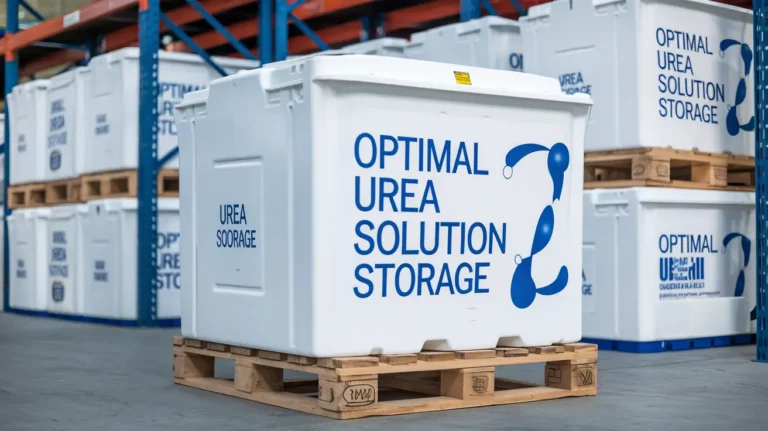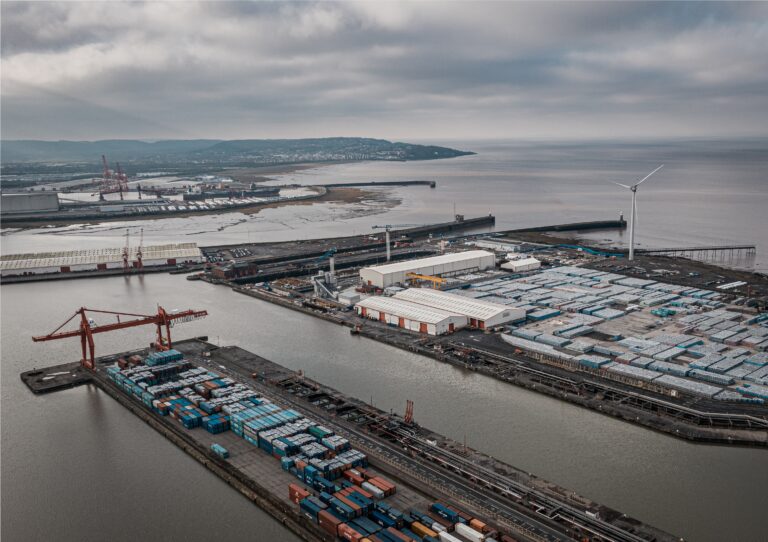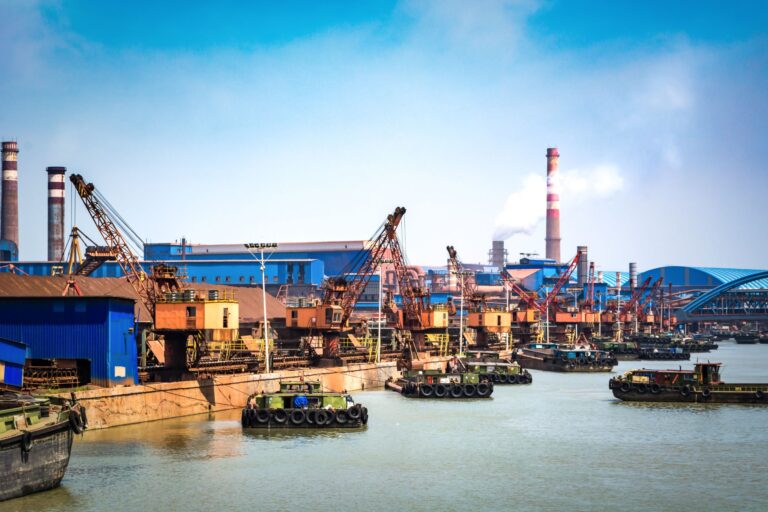A simple guide to the materials suitable for AUS40
Navigating Marine Urea Compatibility
As the maritime industry strives towards greener and more sustainable practices, marine urea solutions have gained significant traction. Marine urea, specifically AUS40 (aqueous urea solution), is widely utilized as a reduction agent in Selective Catalytic Reduction (SCR) converters to control nitrogen oxide (NOx) emissions from marine vessels. However, ensuring the compatibility of materials with AUS40 is crucial for efficient and reliable operations. This article will provide a simple guide to navigating marine urea compatibility, helping shipowners and operators make informed decisions.
Understanding AUS40 Composition
Before delving into material compatibility, let’s first understand the composition of AUS40. Marine urea solutions, such as AUS40, consist of high-purity urea dissolved in demineralized water. The urea concentration typically ranges from 31.8% to 40% weight, with the remainder being water. This precise formulation ensures optimal performance and NOx reduction capabilities in SCR systems.
Compatibility Factors to Consider
When selecting materials for AUS40 handling and storage, several factors should be taken into account to ensure compatibility:
Chemical Compatibility: The primary consideration is the chemical compatibility between AUS40 and the material in question. AUS40 is generally non-corrosive but can exhibit limited reactivity with certain materials. Chemical resistance charts or compatibility databases provided by material manufacturers are valuable resources for assessing compatibility. It’s important to cross-reference the specific material with AUS40 to ensure they are compatible.
Material Types: Various materials come into contact with AUS40, including storage tanks, pipelines, valves, fittings, and dispensing equipment. Each material may have different compatibility requirements. Common materials used in marine applications include stainless steel, polyethene (PE), polypropylene (PP), and fluoroelastomers (e.g., Viton®).
Temperature Considerations: AUS40 is typically stored and transported at ambient temperatures. However, in certain circumstances, elevated temperatures may be encountered. Verifying the material’s compatibility with AUS40 under normal and elevated temperature conditions is crucial. Some materials may experience degradation or loss of mechanical properties when exposed to high temperatures.
Concentration Effects: AUS40’s urea concentration can vary between brands and suppliers. It is advisable to consult with the manufacturer or supplier to confirm the specific AUS40 composition and its compatibility with the chosen materials. Concentration effects can influence the material’s behaviour and compatibility.
Commonly Compatible Materials
Based on extensive industry experience and compatibility data, several materials have proven to be suitable for use with AUS40 in marine applications. Here are some commonly compatible materials:
Stainless Steel: Stainless steel, particularly austenitic grades such as 316 or 316L, is widely used in marine applications. It exhibits excellent resistance to corrosion and chemical reactivity with AUS40. Stainless steel tanks, pipelines, and fittings are commonly employed for AUS40 storage and distribution.
High-Density Polyethylene (HDPE): HDPE is a popular choice for AUS40 storage tanks due to its good chemical resistance and durability. It is suitable for both ambient and elevated temperature applications. However, verifying the specific grade of HDPE and its compatibility with AUS40 is essential.
Polypropylene (PP) is another material commonly used for AUS40 storage tanks, pipes, and fittings. It exhibits excellent chemical resistance and can withstand exposure to AUS40 over extended periods. Like HDPE, the specific PP grade should be checked for compatibility.
Fluoroelastomers: Fluoroelastomers, such as Viton®, are frequently employed in seals, gaskets, and O-rings in AUS40 systems. These elastomers offer superior resistance to various chemicals, including AUS40. However, verifying the specific fluoroelastomer grade and its compatibility with AUS40 concentration is crucial.
Verification and Testing
While compatibility charts and manufacturer recommendations are valuable references, it is advisable to conduct material compatibility testing when introducing new materials or systems. Testing can help validate the compatibility of specific materials under the intended conditions of use. It provides an added layer of assurance and helps mitigate any potential risks associated with material incompatibility.
Collaboration with Suppliers and Experts
When navigating marine urea compatibility, it is essential to collaborate with suppliers, equipment manufacturers, and industry experts. They possess valuable knowledge and experience in handling AUS40 and can guide suitable materials and best practices. Suppliers often have compatibility data and technical resources available to assist shipowners and operators in making informed decisions.
As the maritime industry embraces greener practices, marine urea solutions like AUS40 are crucial in reducing vessel NOx emissions. When considering the materials suitable for AUS40, chemical compatibility, temperature considerations, and concentration effects must be carefully evaluated. Stainless steel, high-density polyethene, polypropylene, and fluoroelastomers have demonstrated compatibility with AUS40 in various marine applications. However, verifying compatibility, conducting material testing, and seeking expert advice when necessary is essential. By navigating marine urea compatibility effectively, shipowners and operators can ensure their vessels’ reliability, efficiency, and environmental sustainability.





